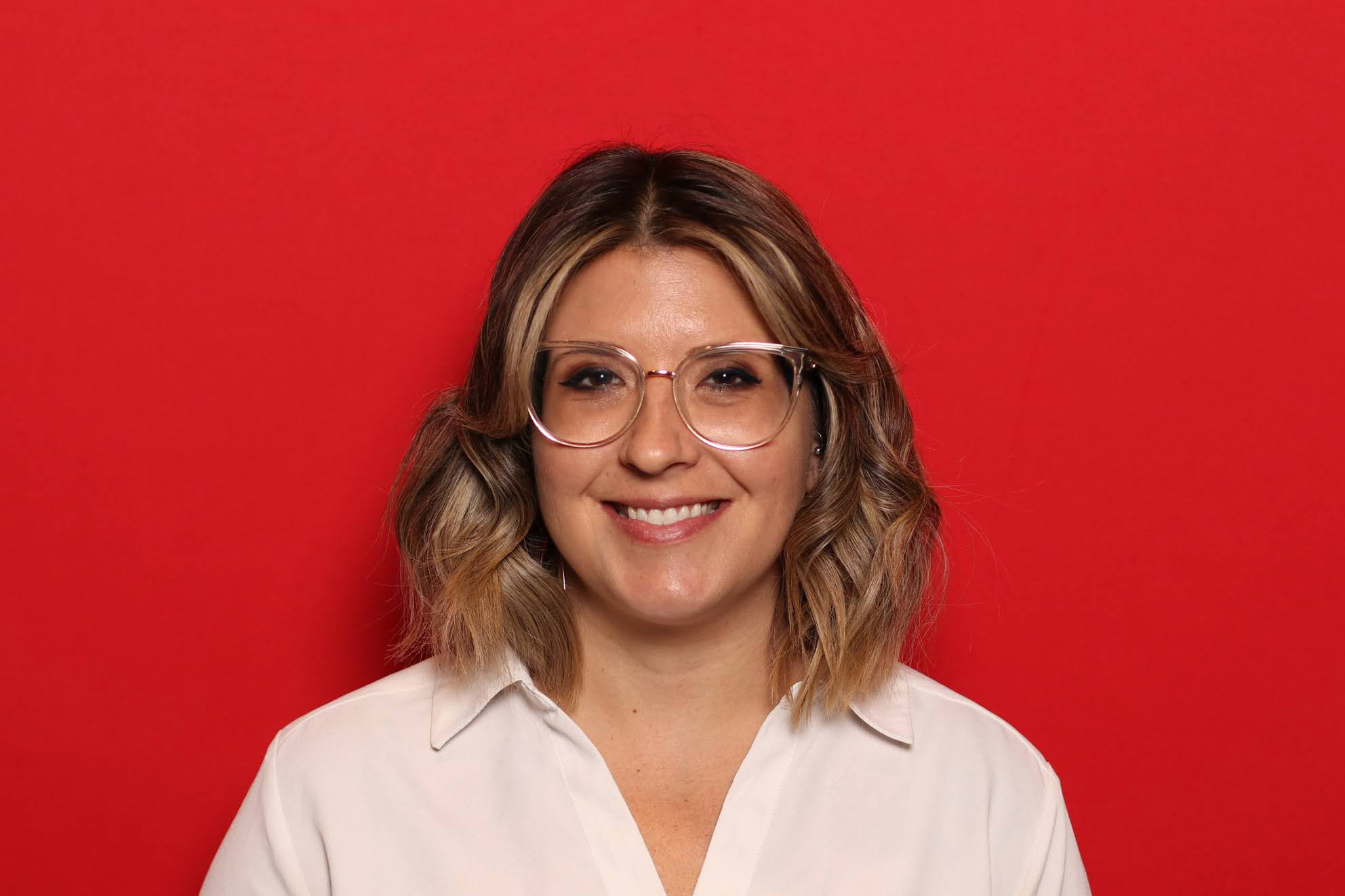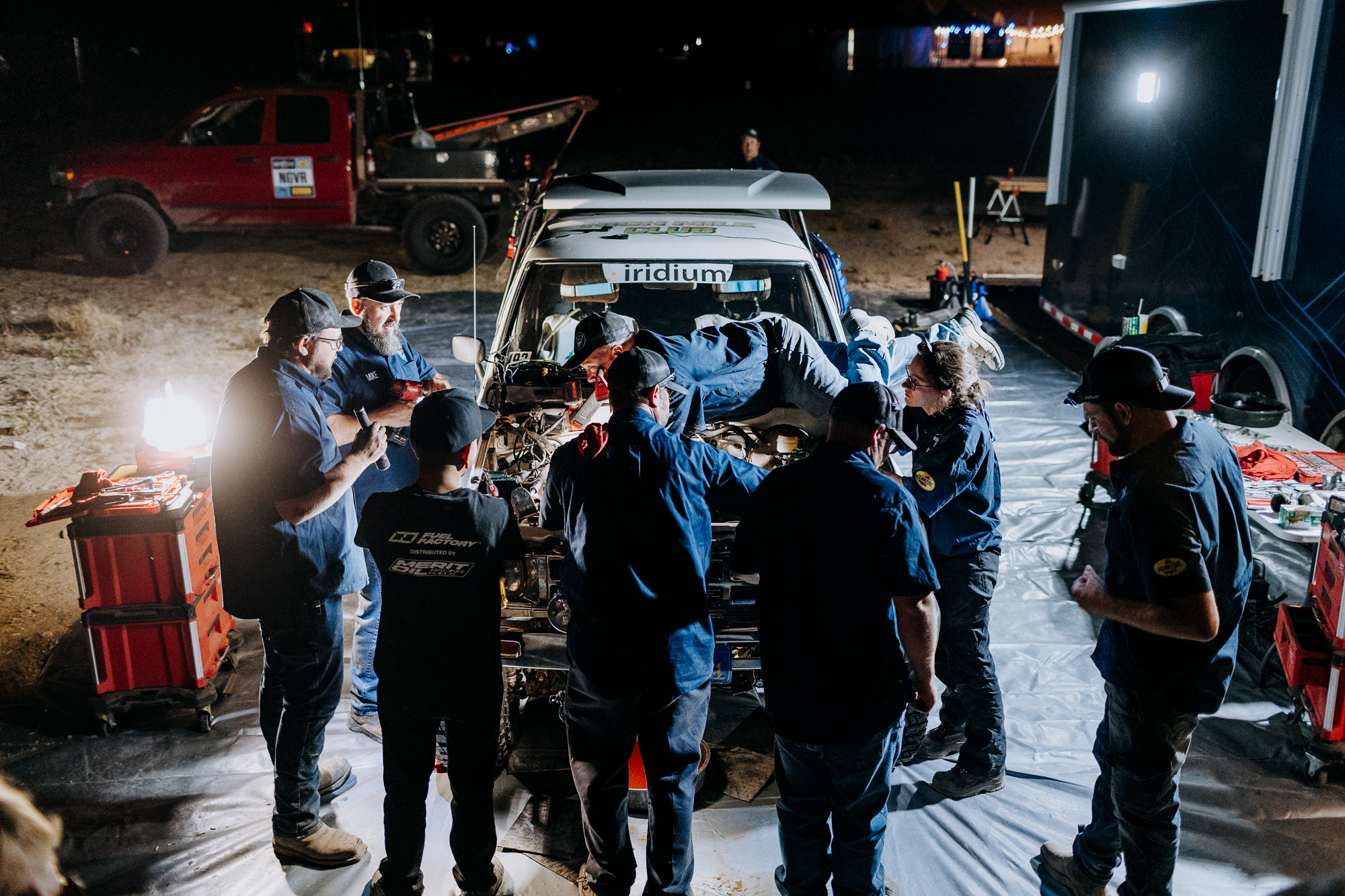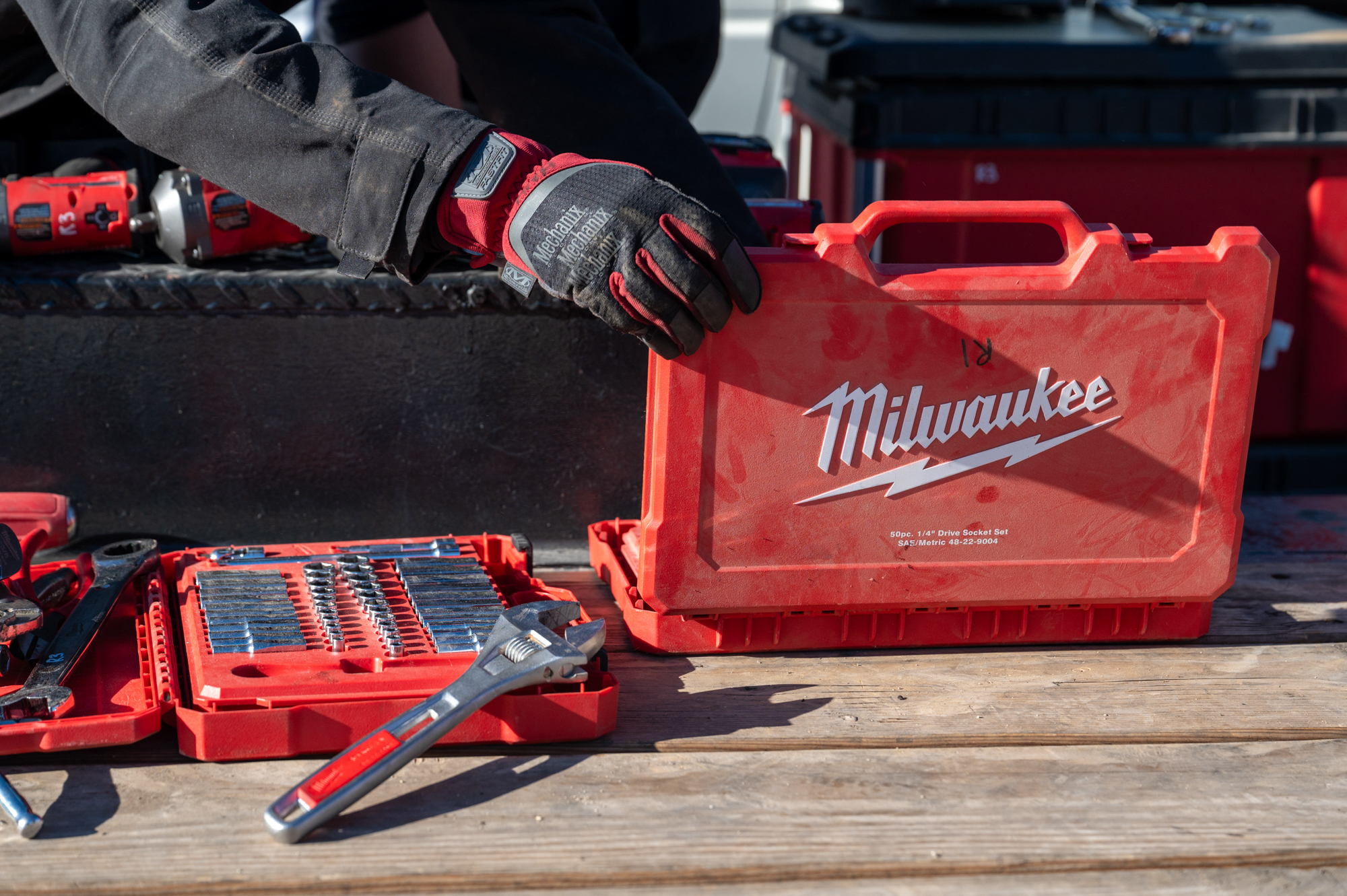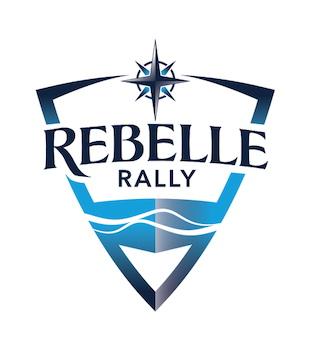Behind the Brand - Meet Amanda Kachar, Director of Industrial Design at Milwaukee Tool
January 22nd, 2025

We’re kicking off our first Behind the Brand of 2025 with Amanda Kachar, Director of Industrial Design at Milwaukee® Tool—and her journey is anything but ordinary. Amanda opens up about what drew her to tool design: solving real-world problems and creating solutions that professionals trust every day.
From the first sketch to a finished product in the hands of a tradesperson, Amanda shares how Milwaukee’s process is built on collaboration, constant feedback, and a laser focus on the end user. She talks about how time spent in the field—observing workflows, asking questions, and learning directly from users—leads to the kind of innovation that changes the way people work.
For many of our competitors in STEM, Amanda’s advice hits home: stay curious, work with empathy, and never underestimate the power of listening. Amanda’s story is a reminder that great design starts with understanding the people you’re designing for.
And after hearing her story—and spotting her well-equipped Nissan Xterra—we can’t help but think Amanda would fit right in as a Rebelle.
Take a moment to read Amanda’s insights and see what makes Milwaukee Tool a leader in both innovation and impact. This one’s worth your time!

What inspired you to pursue a career in tool design?
Tool design really spoke to me as I have always been inspired to solve problems and provide solutions. Knowing that our work improves someone’s safety and efficiency inspires me every day. At Milwaukee Tool, industrial design has always been about two things: a relentless focus on the professional user to provide a positive experience when interacting with our product, and providing reliability, trust, and connection to the brand. Our dedication to end users drives the design of our products to reinforce the reliability and trust in our brand. By combining my passion for problem-solving with Milwaukee Tool’s commitment to user-focused design and reliability, I am proud to contribute to a brand that truly values safety, efficiency, and trust.
Designing a tool that professionals rely on every day is no small feat. Can you walk us through the journey of how a Milwaukee Tool goes from a rough concept or sketch to the finished product?
Milwaukee is a process- and applications-focused company. We must learn how professionals are currently using their tools and be able to understand the larger picture of applications to truly innovate. Users often have a clear awareness of what is difficult for them, but it takes specialized teams to articulate exact features to improve those issues. This makes observation and thoughtful inquiry by Milwaukee’s cross-functional teams essential. By closely examining user workflows and asking probing questions, we can identify opportunities to bring to our engineers. Bringing all our ideas together, we are then able to start working on initial models to get in the hands of users, where we continue to gather feedback and adjust until we have our final product.

Designing tools also isn’t a solo process. Can you tell us how different teams—designers, engineers, and field testers—work together to bring a tool to life?
To bring a new development from concept to finished product, we rely on multiple cross functional teams for a series of checks and balances. Product marketing, project leaders, mechanical, reliability, and electrical engineers, industrial design, supply/demand, brand marketing, channel marketing, and sales all play a part in implementing a 360° perspective. We work with Product Marketing to focus on user experience and form, engineers ensure functionality and manufacturability, and our users assist as field testers to provide real-world feedback to refine prototypes. Through continuous iteration and communication, these teams create tools that are innovative, reliable, and tailored to user needs.
You design tools for professionals who work in demanding environments. Can you share a specific example where insights or feedback from the field directly influenced a design decision?
Designing tools for professionals in demanding environments requires us to stay closely connected with our users. One specific example where field insights directly influenced a design decision was during the development of the M12 FUEL™ 6” Random Orbital Sanders. By having our teams working directly in the shop with users, we were able to observe their workflows and gather immediate feedback on the prototype in a real-world environment. This approach allowed us to identify the need for a more efficient pad change system to reduce downtime and prevent potential damage during pad swaps. As a result, we developed an innovative tool-free backing pad change system. This impactful adjustment eliminates stress and streamlines workflow by allowing quick pad swaps without interrupting the task at hand.
Milwaukee tools are as iconic in appearance as they are in performance. How much does visual design play a role in the development of a tool, and how do you ensure form enhances function?
Working with extreme attention to detail, we ensure every component of the product upholds the Milwaukee Tool brand and our promise to users. Visual design is an essential part of industrial design, shaping how users perceive a product and clearly communicate its purpose and value. At Milwaukee, function always takes precedence over mere “styling,” but our designs consistently incorporate distinct features that reinforce our identity. Visual design also plays a vital role in enhancing ergonomics, accessibility, and overall ease of use, ensuring that every design detail supports both the product’s function and the user’s experience. It becomes a cross functional working session to deliver on brand standards and keep the brand consistent across platforms from an overall branding and visual aesthetic standpoint.

With the rapid pace of technological change, how do you design tools today that are ready for tomorrow’s challenges? Are there particular trends or technologies you’re excited about incorporating into future tools?
The rapid pace of technological evolution is unlocking advancements that enable us to begin developing the next generation of products. As always, it starts with field research to better understand current user trends and new technology so that we can work to combine the two. To design tools ready for tomorrow’s challenges, it is becoming clear that the integration of advancing technology can help disrupt the market with all new capabilities and efficiency. These innovations enable tools to provide real-time data, predictive maintenance, and adaptive performance tailored to user needs. By focusing on these advancements, we’re shaping tools that not only meet today’s demands but adapt to future challenges.
As a designer, is there a specific Milwaukee Tool that you feel particularly connected to or proud of?
Any project that you are involved in from the very beginning, starting with a blank piece of paper and conceptualizing the initial designs, is what you tend to feel the most connected to. Seeing the idea evolve from sketches to prototypes, and eventually to fully functional products, has been incredibly rewarding. The excitement and positive feedback from users when they first try out these solutions is truly inspiring. It reinforces the importance of our attention to detail and our commitment to delivering reliable, high-quality products that meet the needs of professionals. The M12 FUEL™ 6″ Random Orbital Sanders and M18™ Cordless Tire Inflator are two projects I am particularly proud of for that reason. They are also a testament to the collaborative efforts of our cross-functional teams and our relentless focus on the end user.
For someone passionate about creating tools that make a difference in the real world, what advice would you give about breaking into design or engineering at a company like Milwaukee?
To break into design or engineering, start by developing a strong foundation in design skills and learning the basics of materials and manufacturing. Equally important is understanding the human element to collaborating effectively with real users and cross-functional teams to bring your vision to life. By getting hands-on with users to fully comprehend and appreciate their current frustrations, we are able to work with empathy and a deeper understanding as we design and develop new products. Understanding the need for this perspective is essential. Milwaukee actively recruits on college campuses, looking for individuals who have a sincere passion for solving problems and curiosity about technology. The future is bright, and we need people who are inquisitive and dedicated, committed to making a real impact through their work.
If you could collaborate with any historical figure—engineer, inventor, or designer—on a Milwaukee Tool design, who would it be, and what kind of tool would you build together?
Dieter Rams, the legendary industrial designer renowned for his “less but better” philosophy, has inspired generations of products with his timeless approach to design. His Ten Principles of Good Design emphasize the harmonious balance of form and function, prioritizing purpose and simplicity over unnecessary embellishment. At Milwaukee Tool, we share this philosophy. Every detail is crafted with intent, ensuring that form not only complements function but enhances it. Our CEO, Steve Richman, helps drive this culture of relentless improvement and enables us to make strategic decisions focused on the user which allows us to thrive as a solutions provider.
Lastly, any words of wisdom for our competitors?
Our focus is on our professional users. We are dedicated to keeping them safe, solving their problems, and enabling them to be more productive at work, which in turn propels us forward. We will always maintain our passion for improvement. Competition fuels innovation, and without it, our users would lose out.


